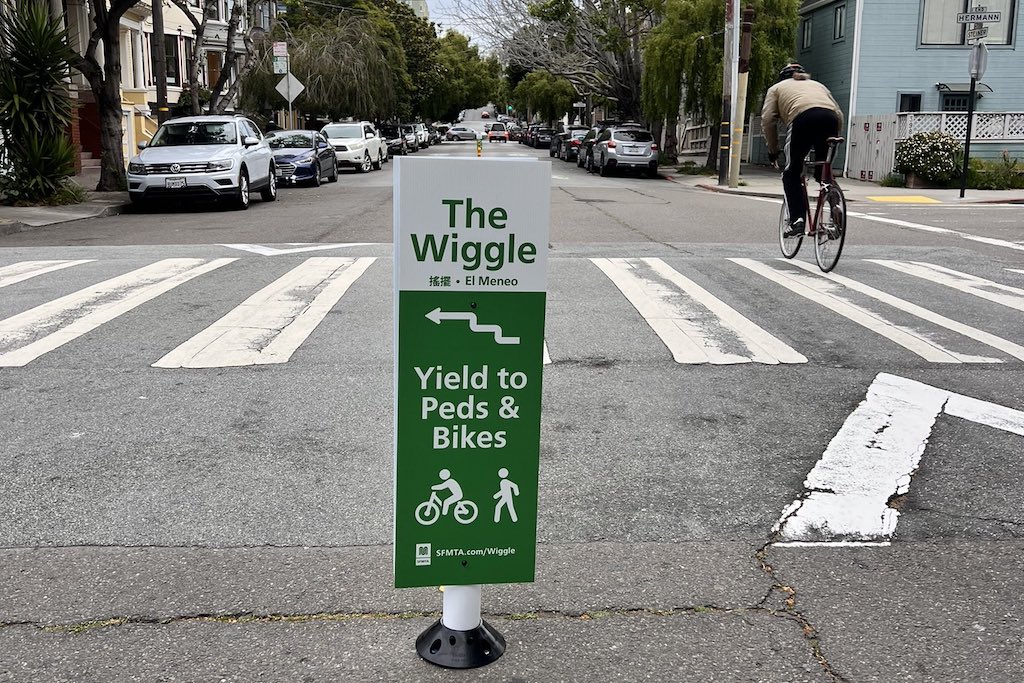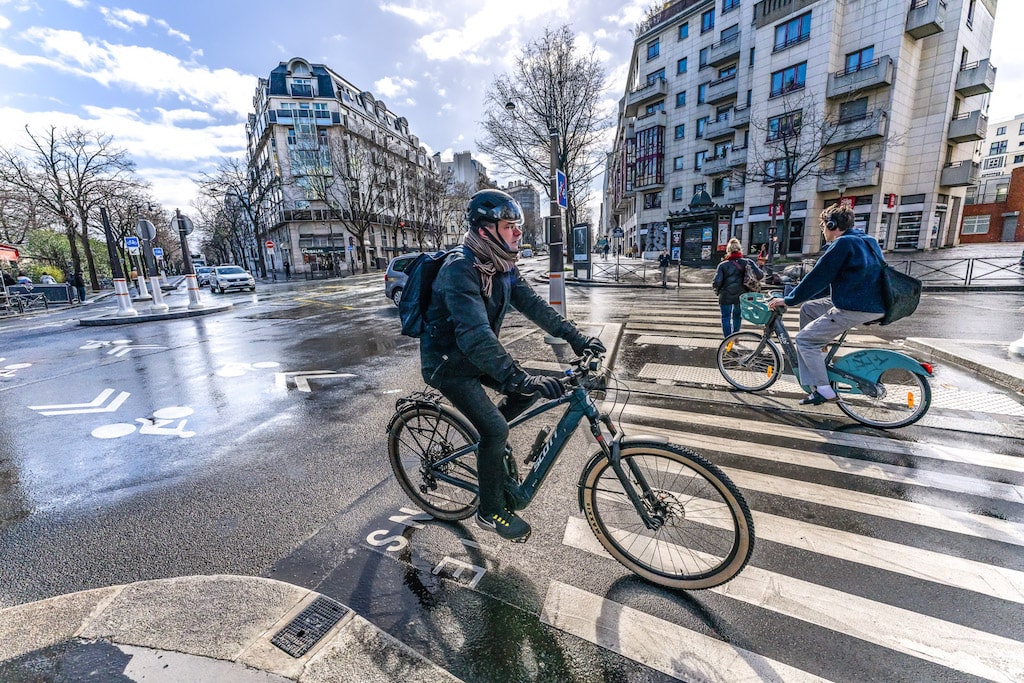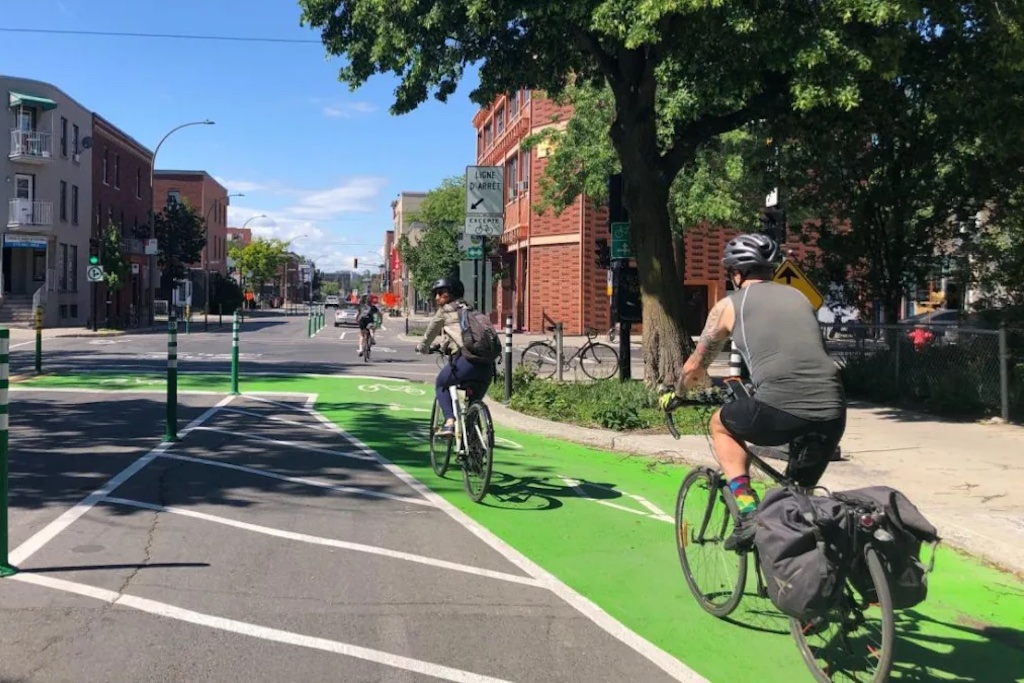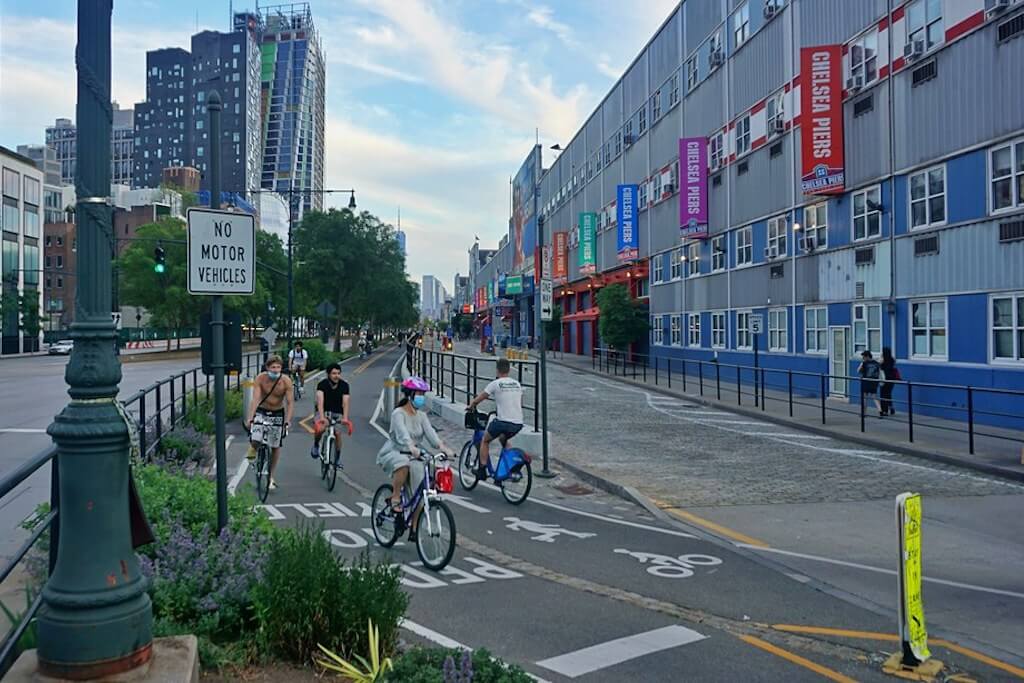UK’s obesity crisis now costs £100Bn a year
New data from the National Health Service this week revealed that there are now a record 1.2 million obesity related hospital admissions annually, something that is contributing significantly to the service’s resourcing crisis.

The post UK’s obesity crisis now costs £100Bn a year. Why have active travel budgets been trimmed to the bone? appeared first on Cycling Electric.
New data from the National Health Service this week revealed that there are now a record 1.2 million obesity related hospital admissions annually, something that is contributing significantly to the service’s resourcing crisis.
It’s well known that a sedentary lifestyle, as much as a poor diet, can be a driving factor in weight gain. For this reason, the UK Government in 2022 instructed GPs to promote active travel as a ‘prescription’ to bolster people’s physical health. Then, not long after, it slashed active travel budgets by £200 million per year, more than half of the already slim annual allocated budget.
In fact, despite the Government describing air pollution as ‘the biggest environmental health threat to health in the UK’ and a forecast annual £21 billion cost of congestion to the economy, the annual walking and cycling budget, at £100 million forecast for 2023 and 2024 combined, is now less than half of the cost of one prominent Government PPE scandal.
For a bit more context on how it’s spent, that budget has to stretch across both walking and cycling. It has to span 317 local authorities in England and, infrastructure aside, it also has to cover a number of extra budgets ranging training children to cycle through to sideline projects like funding the repair vouchers scheme that existed briefly during Covid’s worst days.
All in all and divided equally (though it’s not), per head of the 56.5 million British population, cycling and walking gets just 88 pence. According to Statista, the actual spend on road building and maintenance in 2022/23 was £11.13 billion, or £197 per head of the population. That’s a 224 fold spend versus active travel on a transportation form that has often been found to have a negative, rather than a positive, cost to benefit ratio.
That’s before you account for negative externalities, namely health and climate. Building more roads or widening them only stimulates growth of that traffic form, baking in future reliance at the expense of other transport forms.

At the time of the active travel funding cut, cycling and walking charity Sustrans wrote “It simply doesn’t make sense to withdraw investment in active travel at this time, particularly as it contributed £36.5 billion to the UK economy in 2021.”
In fleshing out the case for investing in cycling, we also know that investing in cycling brings about an average of between £5 and £6 return on a £1 investment, a chunk of which is attributed to the positive value on the nation’s health, among other factors ranging congestion and pollution reduction. In fact, in the past DfT analysis has placed some cycling project’s return on investment as high as £35 to every £1 spent.
An estimate made in the wake of the aforementioned cuts put a £2 billion long-term cost on the economy, with health facing a particular burden.
The headline cost of the obesity crisis to the National Health Service is now north of £100 billion annually, with the service processing as many as 3,000 new obesity-linked admissions every day. That’s double the rate of admissions on only six years ago.
The findings, published in The Times, revealed that in 9,000 of the admissions were directly related to obesity, with the remainder compounded by problems linked such as Type 2 diabetes, heart disease, strokes, breathing issues, multiple forms of cancer and kidney disease, to name a few.
With many of the aforementioned ailments, it has been proven that active travel, such as cycling, has a direct and immediately beneficial effect on reducing the susceptibility and effects of the illness. Cycling, for example, has been shown to help people with type two diabetes live longer and fuller lives.

Are electric bikes the answer to the obesity crisis?
While that may sound a counter-intuitive question to ask, we’ll immediately nip in the bud any dismissal of the idea by pointing to numerous studies that have proven electric bikes provide a similar level of exercise to pedal-powered cycling. What’s more, electric bike riders tend to reach for their bikes more often, replacing more sedentary trips in cars and on trains, choosing instead to pedal.
Better still, electric bikes are vastly broadening the demographic reach of cycling, with women reporting feeling more confident riding pedal assist bikes, the elderly actually being the early adopters of the technology and even businesses sinking millions into the transport form to address, among other things, their contribution to air pollution… (well, mostly the driver is time and cost savings.)
More importantly, if you are overweight (ageing or with an injury) there’s a far greater chance you’ll get on better with a pedal-assisted bike than a pedal cycle. The first step is always the hardest, so anything that makes you more likely to take it is to be welcomed. That’s something we have repeatedly explored and confirmed in case studies here at Cycling Electric.
For entirely separate reasons, in my last column on Cycling Electric I called for subsidies for electric bikes in order to re-stimulate uptake of this liberating transport mode. The reasoning pivoted primarily around reviving a steady trend of increased electric bike buying that has stuttered during the cost of living crisis, leaving many businesses exposed to being overstocked while demand is low.
Of course, aside from keeping businesses on our high streets afloat, reducing the deficit in NHS budgets is an issue of our time. In 2024 it is predicted that a budget overshoot of £7 billion is likely, plunging hospital trusts into high levels of debt. It’s a numbers game for a service that has had to work on a shoestring budget and one of the key metrics that’s most desired is broader policy to keep us all healthier by design.
Addressing the obesity crisis with the formerly prescribed active travel for the nation would be a silver bullet solution, but people (women especially) will not cycle unless they feel safe doing so. In fact, during Covid’s lockdown, when roads were quieter, 50% more women cycled.
Yet with total annual active travel budgets now registering at only a quarter of that allocated to the budget to repair potholes on the roads, the Government has again opted to bake in sedentary travel by again subsidising driving with a fuel duty freeze that has reportedly cost the treasury £50 billion in lost revenue over the past 12 years.
Just imagine what £50 billion could have done for the health of the nation if it were invested in long-term thinking; building instead for active transport forms that better the health of the nation and simultaneously eased the burden on the public health system. It costs only around £1.45 million to build a kilometre of top-tier safe and segregated cycling infrastructure – the type that has seen cycling become London’s main rush hour transport form.
If, for example, the £4.1 billion annual cost of that duty freeze were spent, for one year only, on quality cycle paths we could lay 2,827 kilometres, or enough cycle path to span the UK end to end nearly three times over.
Call me crazy, but if progress in London is anything to go by, enabling people to choose safe active transportation connected to their locality would make a major long-term dent in the obesity crisis nationally and save our NHS billions every year, justifying the expense in a very short window.
The post UK’s obesity crisis now costs £100Bn a year. Why have active travel budgets been trimmed to the bone? appeared first on Cycling Electric.
What's Your Reaction?

























































